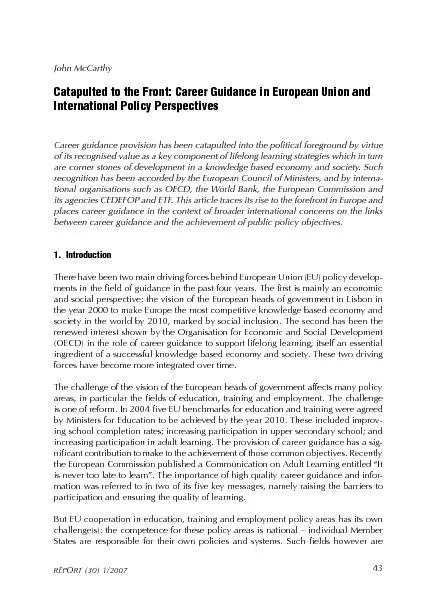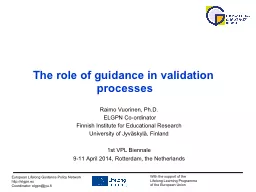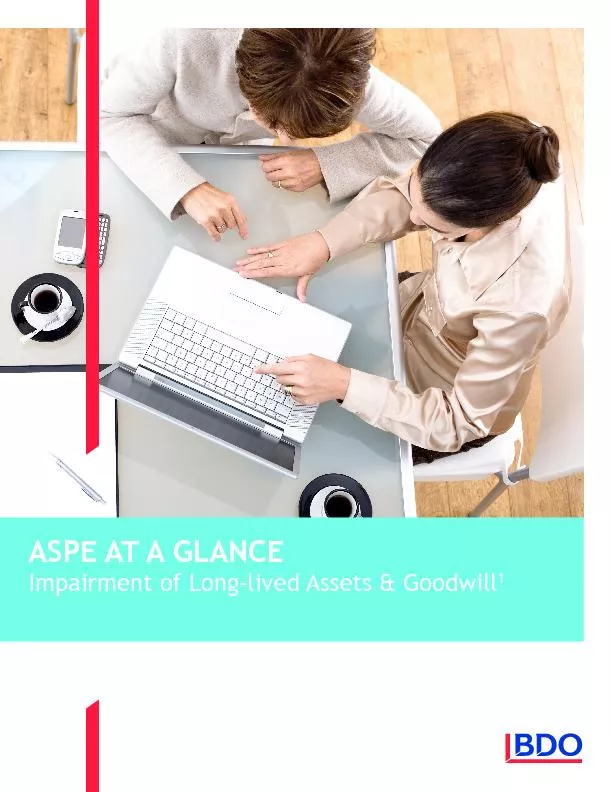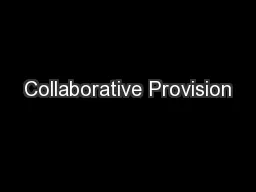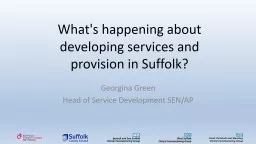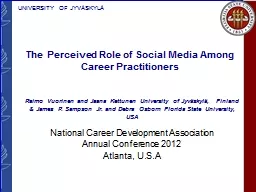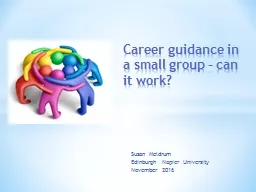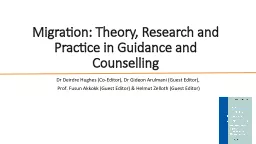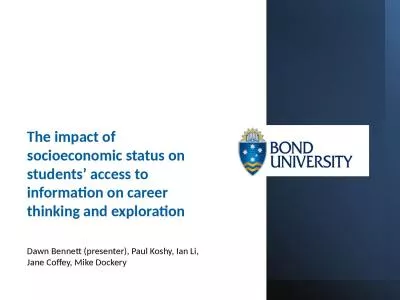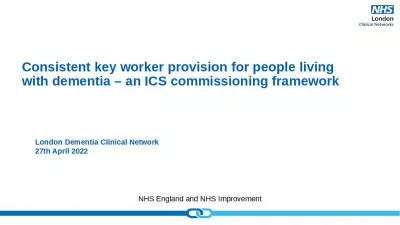PDF-Career guidance provision has been catapulted into the political foreg
Author : debby-jeon | Published Date : 2016-05-19
REPORT 30 12007 REPORT 30 12007 also a common interest and concern across European countries to give meaning and expression to the concept of European citizenship
Presentation Embed Code
Download Presentation
Download Presentation The PPT/PDF document "Career guidance provision has been catap..." is the property of its rightful owner. Permission is granted to download and print the materials on this website for personal, non-commercial use only, and to display it on your personal computer provided you do not modify the materials and that you retain all copyright notices contained in the materials. By downloading content from our website, you accept the terms of this agreement.
Career guidance provision has been catapulted into the political foreg: Transcript
Download Rules Of Document
"Career guidance provision has been catapulted into the political foreg"The content belongs to its owner. You may download and print it for personal use, without modification, and keep all copyright notices. By downloading, you agree to these terms.
Related Documents

